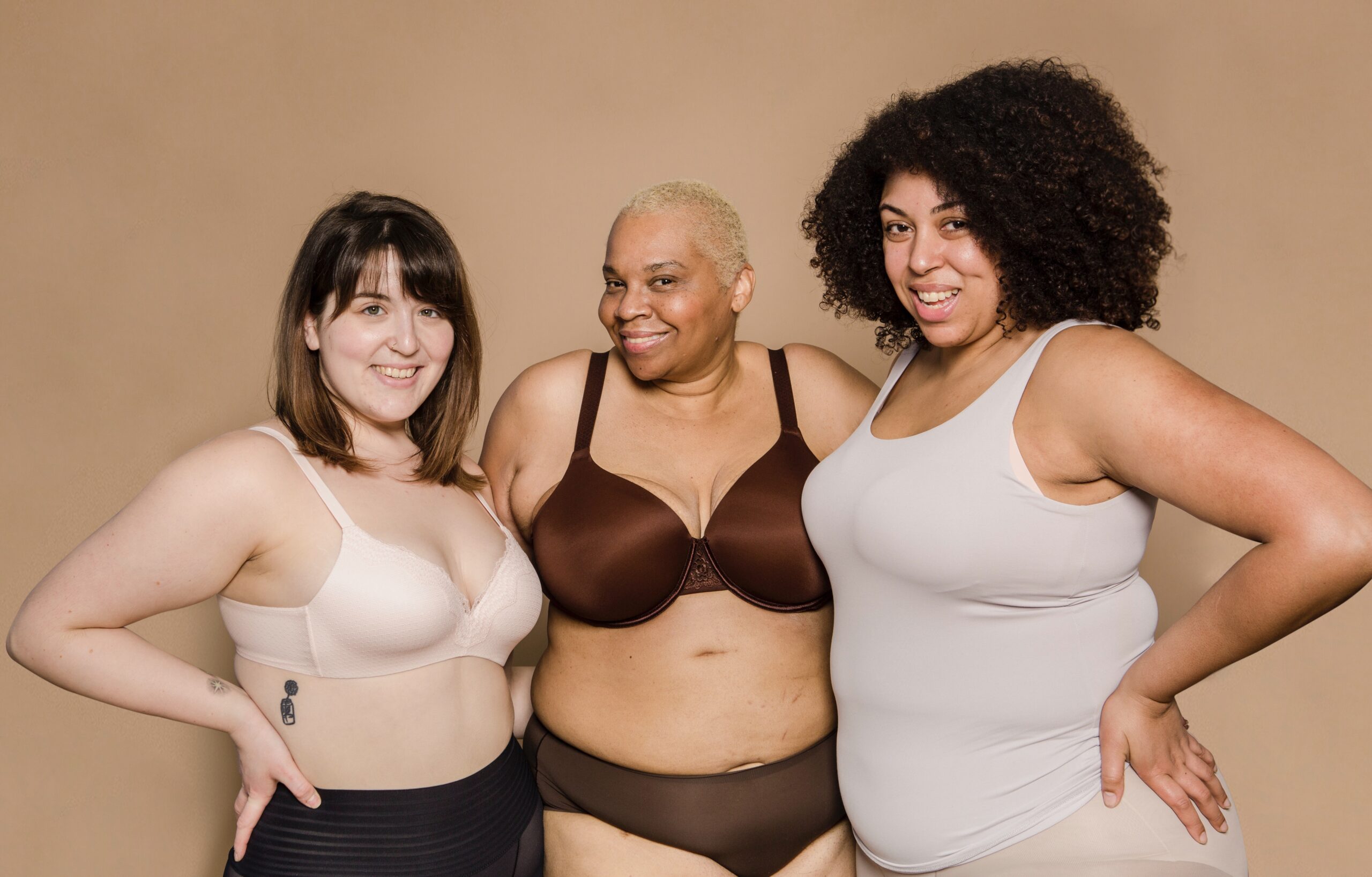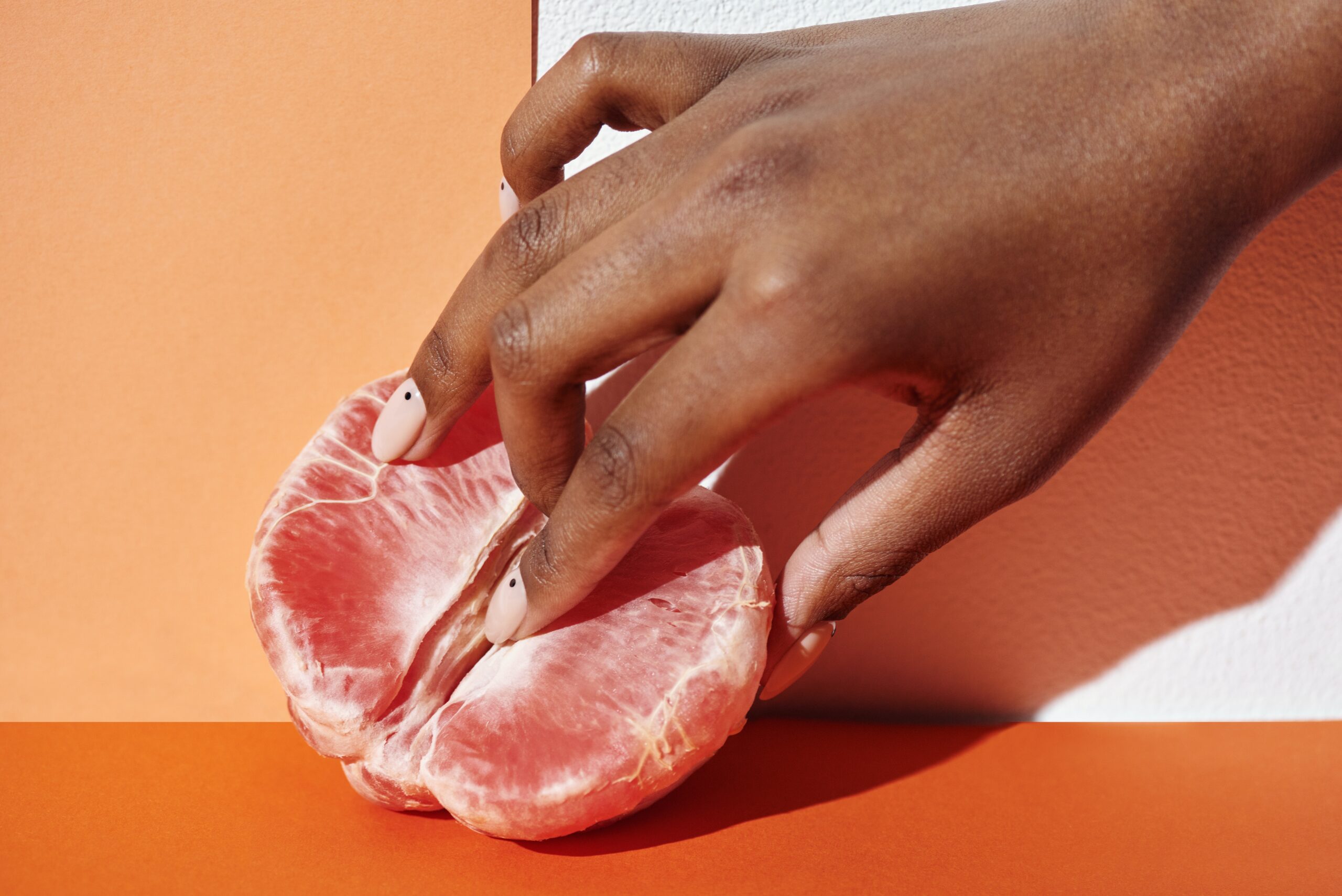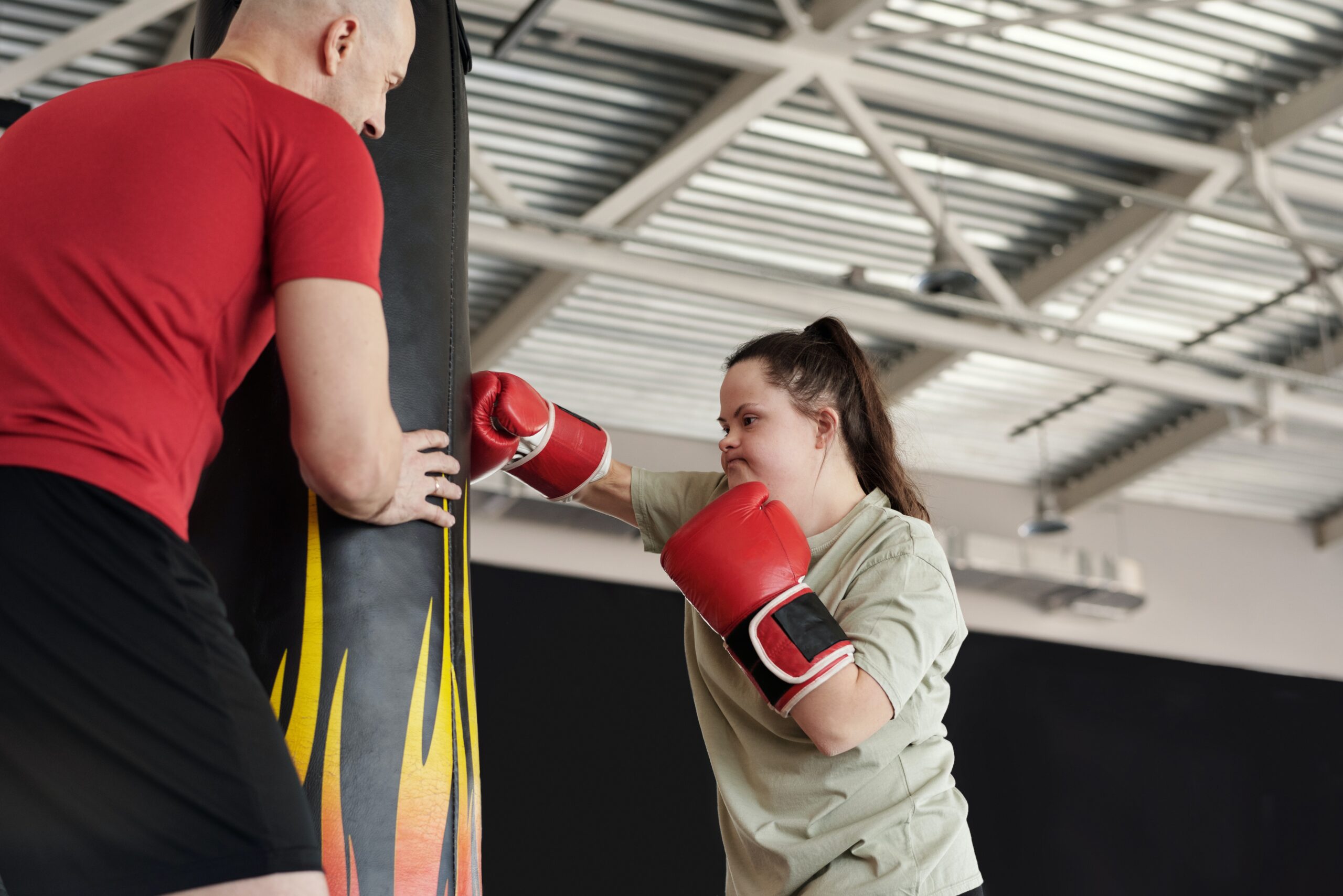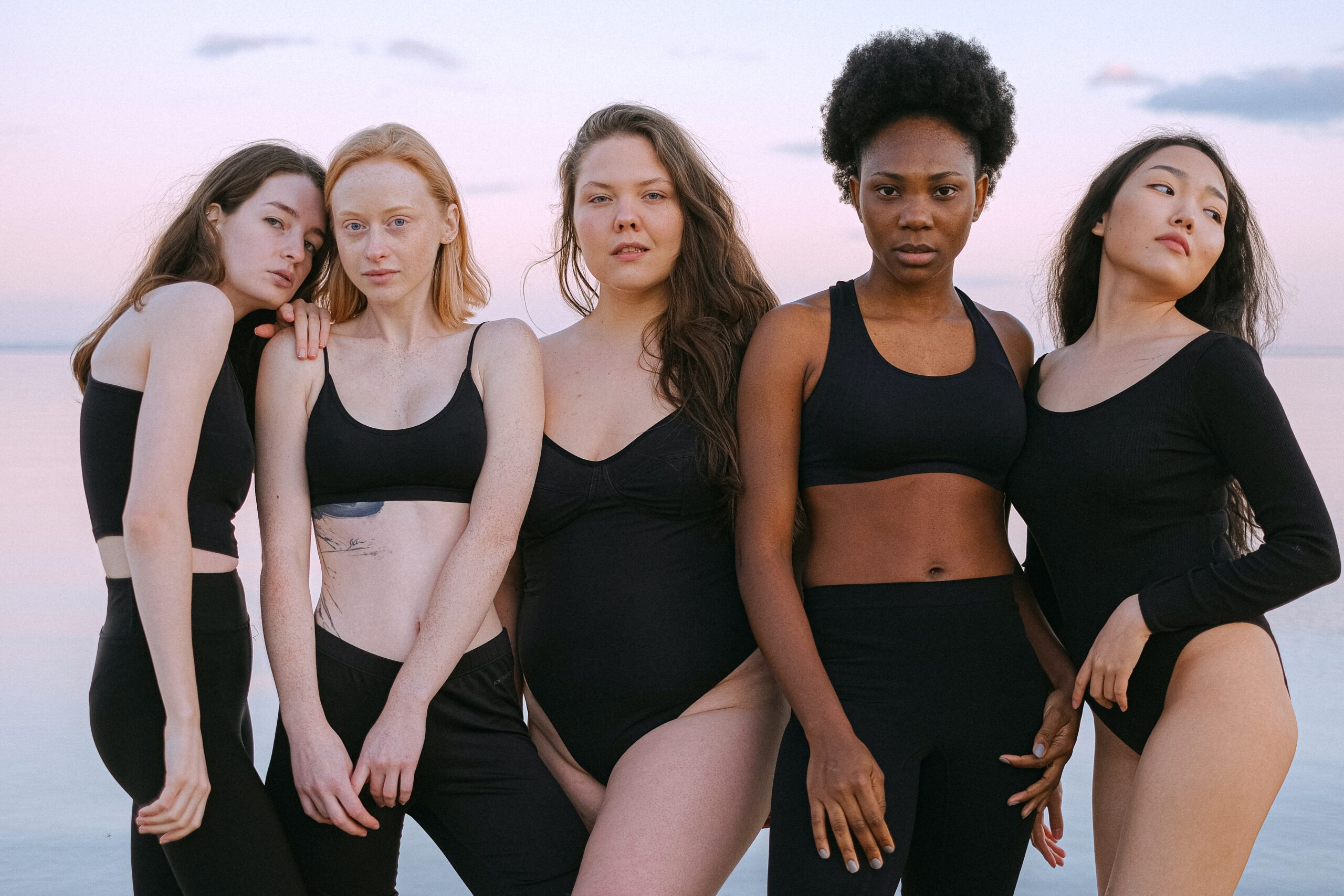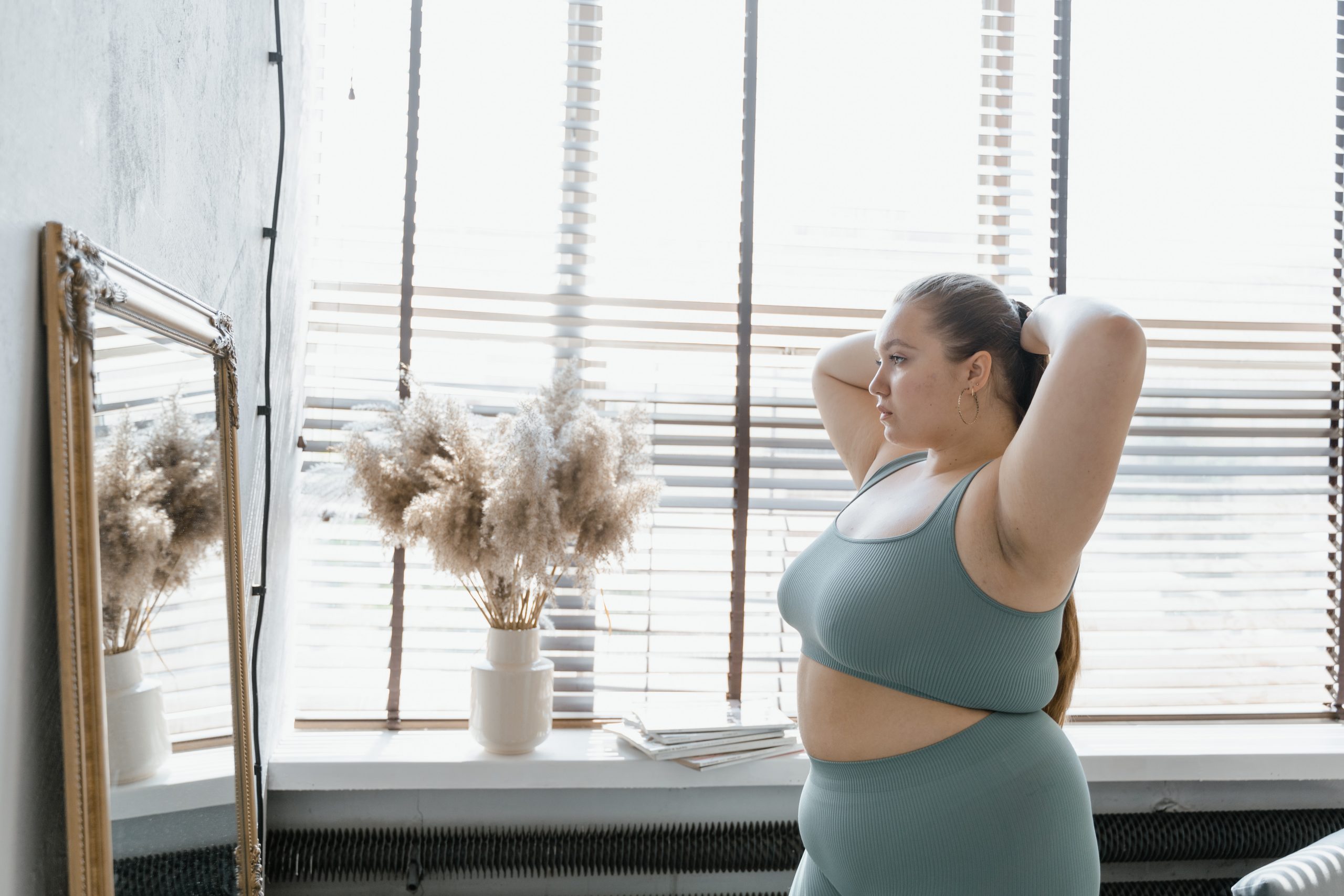
Body contouring has become increasingly popular as people seek ways to address stubborn fat and loose skin in specific areas of their bodies. Many individuals struggle with these challenges despite efforts through diet and exercise. This post aims to delve into various body contouring techniques designed to effectively target these issues in a safe and effective way.
Whether it’s excess fat around the abdomen, thighs, or arms, or loose skin after weight loss or pregnancy, there are tailored solutions available. Understanding these techniques can empower individuals to make informed decisions about their body goals and explore options that best suit their needs and preferences.
Defining Stubborn Fat and Loose Skin
Stubborn fat refers to those pockets of fat that seem resistant to diet and exercise. It tends to accumulate in specific areas like the abdomen, thighs, arms, and neck. This happens because certain fat cells have more receptors for storing fat, making them less responsive to typical fat loss efforts. Loose skin, on the other hand, occurs when the skin loses its elasticity.
Factors like rapid weight loss, aging, and genetics contribute to this. When you lose a significant amount of weight or as you age, the skin loses collagen and elastin, causing it to sag. These issues commonly affect areas where fat is stored, such as the abdomen, thighs, arms, and neck, leading to a double challenge for many people trying to improve their appearance.
Body Contouring for Specific Areas
When it comes to reshaping your body without going under the knife, there are a couple of options worth considering: cryolipolysis and laser treatments. Cryolipolysis works by freezing fat cells, causing them to crystallize and die off, which the body then naturally eliminates over time. Laser treatments, on the other hand, use targeted light energy to heat fat cells, leading them to break down and be absorbed by the body.
Additionally, laser treatments stimulate collagen production, which can help tighten the skin in the treated areas. Both procedures are generally considered safe, with minimal side effects such as temporary redness, swelling, or bruising.
Another effective non-surgical option is using a body contouring machine; a device that utilizes radiofrequency-assisted lipolysis (RFAL) technology to melt fat and tighten skin simultaneously. This method is ideal for those looking to enhance body shape and reduce sagging skin without the invasiveness of traditional surgery.
It’s important to note that results may vary from person to person, and multiple sessions may be required to achieve the desired outcome. Recovery time is usually minimal, allowing patients to resume their normal activities shortly after treatment.
Surgical Body Contouring Procedures
Surgical body contouring procedures like liposuction and abdominoplasty, commonly known as a tummy tuck, offer solutions for those aiming to reshape their bodies. Liposuction involves removing excess fat deposits from specific areas like the abdomen, thighs, or arms using a suction technique. Abdominoplasty, on the other hand, focuses on tightening abdominal muscles and removing excess skin to create a smoother and firmer abdomen.
Both procedures are typically performed under general anesthesia and require a recovery period. Risks associated with these surgeries include infection, bleeding, and uneven contours, although complications are rare. Liposuction results in a slimmer silhouette, while abdominoplasty removes excess skin and fat, it can also tightens weakened abdominal muscles, resulting in a flatter stomach.
Candidates for these procedures should be in good overall health, at a stable weight, and have realistic expectations. It’s essential to consult with a qualified plastic surgeon to determine the most suitable option based on individual goals and medical history.
Combining Treatments for Optimal Results
Blending non-surgical and surgical methods can unlock a range of advantages in body contouring. By strategically combining these approaches, individuals can achieve more comprehensive results than relying solely on one method. Each technique brings its strengths to the table, and their synergy can enhance overall outcomes.
For instance, pairing non-surgical treatments like CoolSculpting with surgical procedures such as liposuction can address both surface-level and deeper fat deposits, resulting in smoother and more defined contours. Moreover, this combination approach allows for a tailored treatment plan that caters to the unique needs of each individual and specific areas of concern. Whether it’s sculpting the abdomen, thighs, or arms, integrating different modalities maximizes the potential for optimal aesthetic results.
Preparing for Body Contouring
Preparing for a body contouring procedure involves both mental and physical preparation. Mentally, it’s important to have realistic expectations. Understand that while body contouring can improve your appearance, it may not achieve perfection or solve all concerns. Communicating openly with your healthcare provider about your goals and expectations is vital. They can provide insight into what can be achieved realistically and offer guidance on the best approach for your specific situation.
Physically preparing for body contouring involves following pre-procedure guidelines provided by your healthcare provider. This often includes maintaining a stable weight, staying hydrated, and avoiding certain medications or supplements that can increase the risk of complications. Quitting smoking before the procedure is also crucial as it can impair healing and increase the risk of complications. Additionally, following a healthy diet and regular exercise regimen can optimize results and promote faster recovery.
By mentally preparing with realistic expectations and communicating effectively with your healthcare provider, and physically preparing by following pre-procedure guidelines, you can optimize your body contouring results and minimize risks associated with the procedure.
Post-Treatment Care and Maintenance
After undergoing body contouring treatment, following proper post-treatment care instructions is essential for optimal recovery and lasting results. It’s important to adhere to any specific guidelines provided by your healthcare provider, which may include wearing compression garments, avoiding strenuous activities, and keeping the treated area clean and moisturized. Additionally, maintaining a healthy lifestyle by eating a balanced diet, staying hydrated, and engaging in regular exercise can support the body’s healing process and help to sustain the effects of the treatment over time.
It’s normal to experience some swelling, bruising, and discomfort after body contouring, but these symptoms typically subside within a few weeks. If you have any concerns or experience unusual symptoms during your recovery, don’t hesitate to contact your healthcare provider for guidance. Common questions regarding post-treatment care often revolve around the expected timeline for recovery, when to resume normal activities, and what to do if complications arise.
Finding Body Confidence
Understanding the nature of stubborn fat and loose skin empowers individuals to make informed decisions about their body goals. Whether considering non-surgical options like cryolipolysis and laser treatments or surgical procedures such as liposuction and abdominoplasty, seeking professional guidance is essential. Combining different approaches can enhance outcomes, providing more comprehensive results.
Preparation, both mentally and physically, is key before undergoing body contouring, ensuring realistic expectations and optimizing results. Following post-treatment care instructions and maintaining a healthy lifestyle are crucial for achieving lasting results. By taking the next step towards personalized body contouring solutions, individuals can work towards achieving their desired body shape and confidence.













